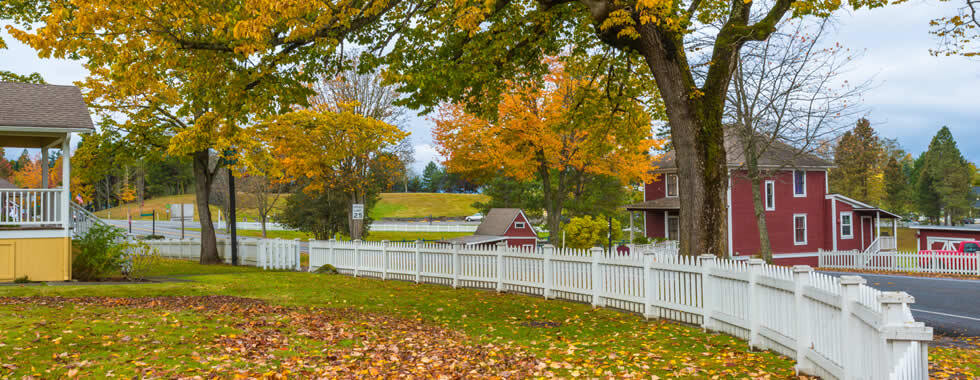
Since the 1990s, crime rates across the United States have been steadily declining, largely due to improvements in law enforcement techniques, community engagement, and social reform programs aimed at addressing the root causes of crime. Despite these positive trends, the U.S. continues to struggle with certain safety concerns on a global scale. According to the Global Peace Index, the United States ranks 132 out of 163 countries, placing it alongside nations such as Iran, Mexico, and Libya. This somewhat startling comparison underscores the need for a closer look at safety within the country itself, as different states exhibit vastly different crime statistics and public safety levels. By examining the safest states in the U.S., we can better understand how regions across the country are addressing crime.
When evaluating which states offer the highest levels of safety, it's essential to consider both violent crime and property crime rates. The list of the top 10 safest states in the U.S. is based on the number of these crimes per 100,000 people, using data compiled from the FBI's annual crime report. These states have managed to maintain notably lower crime rates, offering their residents greater peace of mind and an overall higher quality of life. Understanding these regional differences provides insight into how safety and security are maintained across the country, and which states serve as models for creating safe communities.
The AreaVibes ranking of the safest states in the U.S. is based on data from the FBI's Uniform Crime Reporting Program (UCR Program), which offers a standardized and in-depth analysis of crime patterns across the nation. By gathering detailed information from law enforcement agencies nationwide, the UCR program provides a consistent and reliable source of crime statistics. This ranking is based on the most up-to-date UCR data, giving a clear picture of both violent crime (including assault, robbery, rape, and murder) and property crime (such as burglary, theft, and vehicle theft), which are the most significant concerns for public safety.
To create an even comparison across states with varying population sizes, crime rates are presented per 100,000 residents. This allows for a fair and balanced assessment of crime levels, regardless of a state's overall population. By standardizing the data in this manner, it's easier to pinpoint which states are performing well in terms of maintaining low crime rates. This approach offers a clear view of where crime is least concentrated, helping citizens, policymakers, and local authorities to better understand the safety landscape of each state.
The interactive map above provides a comprehensive visual guide to the safest states in the U.S., spotlighting regions with the lowest total (violent and property) crime rates. Using a clear, color-coded system, it allows you to quickly identify areas where crime is less prevalent. Beyond simply ranking states by violent and property crime rates, the map offers insights into the underlying social and economic factors that shape crime trends across the country. By exploring these details, users can gain a more nuanced understanding of the factors contributing to safety in different regions.